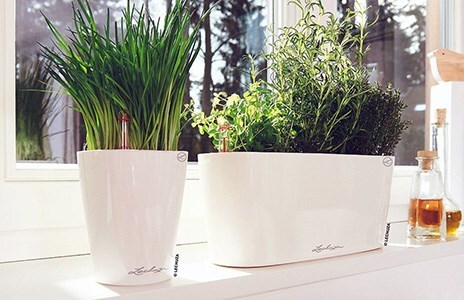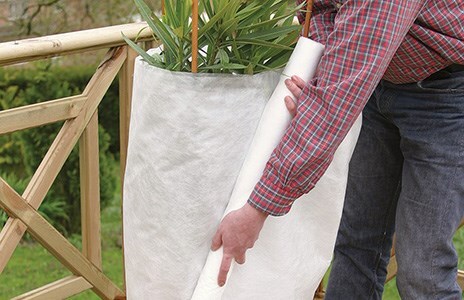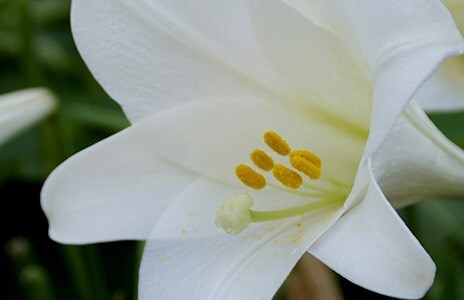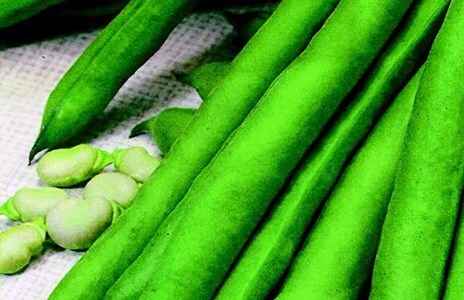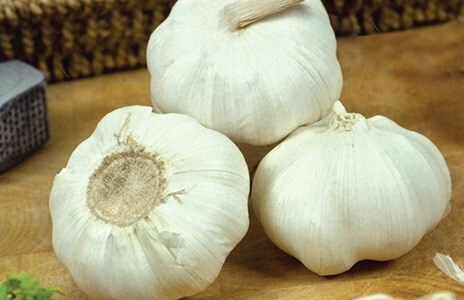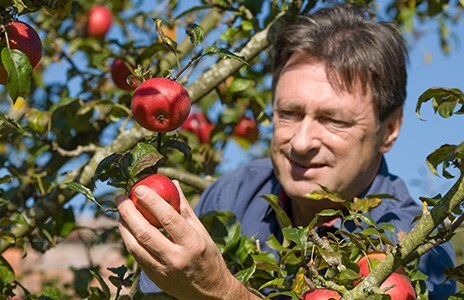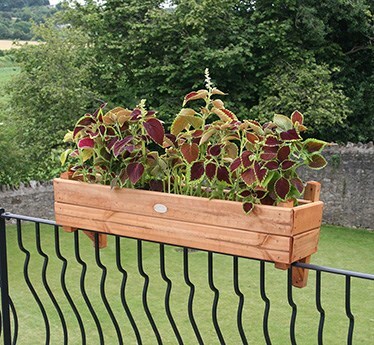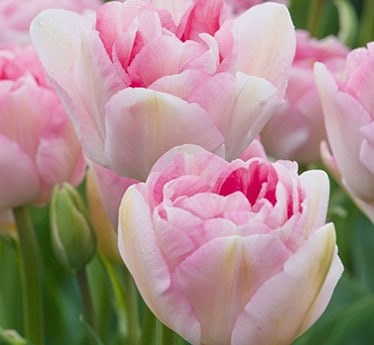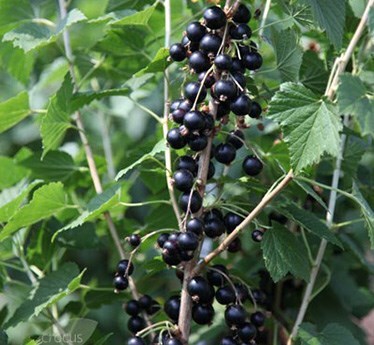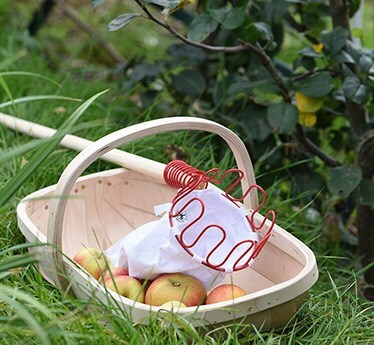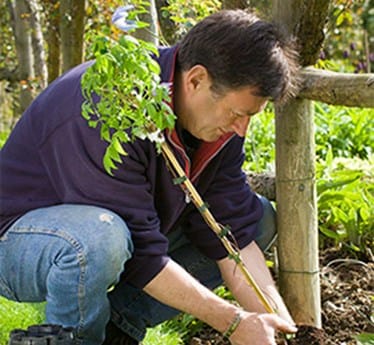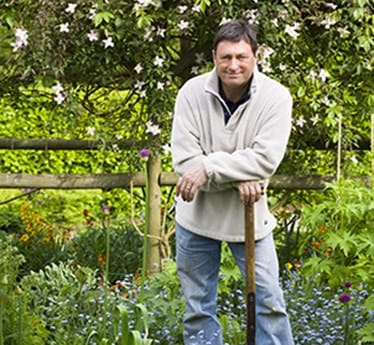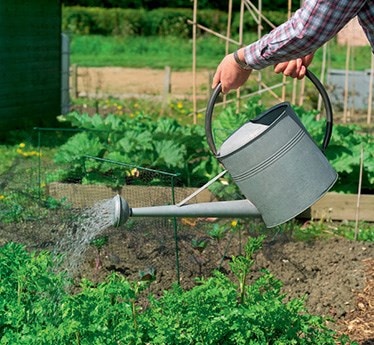Window boxes and troughs
Windowboxes are the most prominent feature during the winter, so it is worth putting a little extra effort making them look good. You could plant one with colourful evergreen shrubs, winter bedding and bulbs for a changing display over the whole winter.
Alternatively, plant up several plastic liners with combinations of plants that flower together and then swap the liners over when one is passed its best and the next is showing colour.
You can also pep-up flowering displays in spring by sinking pots of bulbs rim-deep into the compost, then swapping them over when in full bloom. For example, add pots of snowdrops (January to February), followed by miniature daffodils (February to March) and then dwarf tulips (through April).
You could plant one with colourful evergreen shrubs, winter bedding
and bulbs for a changing display over the whole winter.
Protect container plants
Permanent container plants may need protecting in winter, even if they are hardy. During sub-zero temperatures there is a risk of the compost freezing solid and the pot cracking. You can easily prevent this by wrapping the pot with bubble polythene or a duvet made from a bin liner stuffed with shredded newspaper.
If the plant is only borderline hardy, it would be worth protecting that too. A double-thickness of garden fleece should do the trick, but avoid polythene which can lead to rotting.
Plant lilies & care for climbers
I love lilies and this is an ideal time to plant bulbs provided the weather and soil conditions are suitable. If your ground is heavy, dig in lots of horticultural grit to open up the soil and improve drainage., and a bucketful of leafmould for good measure. Each bulb should be planted sufficiently deep, so that there is 10-15cm of soil on top – this gives plenty of room for the stem roots to develop above the bulb. Lilium candidum is the exception to this rule and should be planted shallowly.
It’s worth putting aside a weekend at this time of year to systematically check out the climbers and their supports in your garden to see if they need attention. They will have put on a lot of growth during the spring and summer and are vulnerable to wind damage when the first storms of autumn sweep through. You can remove excessive growth and tie in the rest securely using plant ties. Check supports to see if they need repairing and protect the roots of not-so-hardy climbers, such as the Chilean potato tree (Solanum crispum).
Save time
Although spring is the main sowing time, you can get a head start by sowing some things now. I like to make a sowing of broad beans and peas in the vegetable plot and pots of sweetpeas to grow against a sheltered wall. Not only do you get earlier flowers and crops, but they come just when you need them most. You have to be prepared to accept winter losses due to bad weather, as well as pest and disease attacks, but they are worth the gamble because, if any crop fails, you can always make a spring sowing in its place.
Before you cut back your perennial borders at this time of year, consider whether any of the seedheads are worth saving for indoor arrangements. I always make one pass over my borders to pick the seedheads before I start the great autumn tidy-up. They are then bunched and hung in a dry and airy shed to dry out naturally – perfect for adding to indoor arrangements throughout the winter months.
Late-maturing varieties of apples should be ripening now and be ready for harvest. Store only perfect fruit, using any damaged ones in the kitchen or for eating fresh. Wrap apples individually in newspaper or tissue paper and pack in boxes. Pick pears slightly under-ripe and place them unwrapped in special dimpled cardboard trays, often available from supermarkets. Keep in a cool, but frost-free place such as a garage, shed, cellar or even an unheated spare room.
Planting and storing
Late autumn is a great time to plant new trees> and shrubs, as well as climbers and herbaceous plants. If you have any spare time now, get ahead by preparing the ground. This means digging it over thoroughly and removing all weeds, including their roots, and other debris. While you’re at it, incorporate as much well-rotted manure as you can.
It's not too late for Autumn veg planting; during a dry, mild spell catch-up with your autumn planting by setting out spring cabbages in their final positions. There’s also still time to plant out autumn onion sets, and Japanese onions, as well as a row of garlic cloves if you haven’t got round to doing it yet.
There’s still time to plant spring bedding displays. Bedding, such as polyanthus and double daisies, in combination with biennials, like forget-me-nots and sweet Williams, as well as most spring-flowering bulbs.
Finally, when the weather and soil conditions are suitable, lift potato tubers without delay. Dry and store any undamaged tubers in special, double thickness paper sacks and keep them in a cool, but frost-free place that remains dark. It’s also worth lifting and storing root vegetables, such as carrots and turnips. Trim off the foliage to leave a bristle of stems, then box them up - placing them in layers with just moist sand in between.
Monthly checklist
- Divide herbaceous perennials
- Cut back perennials that have died down
- Move tender plants, including aquatic ones, into a greenhouse or conservatory
- Harvest apples, pears, grapes and nuts
- Last chance to mow lawns and trim hedges in mild areas
- Renovate old lawns or create new grass areas by laying turf
- Prune climbing roses

